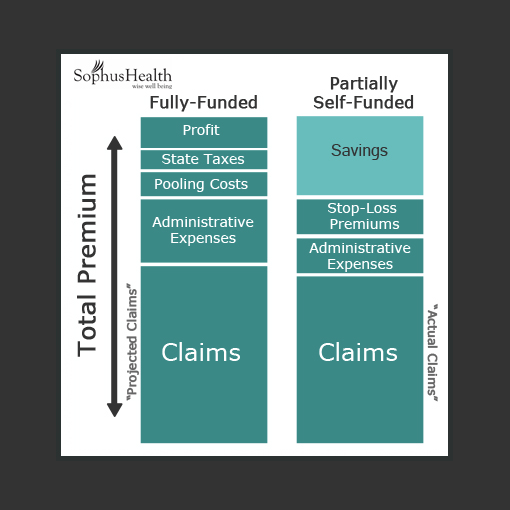What Happens When Self-Funding Goes Well?
Engaged, health-conscious community contributes to success
How the Ashland School District Saved $9.8 MillionWhat Happens When Self-Funding Goes Well?
We work with many different types of employers, and we are especially proud of the work we have done with the Ashland School District in Oregon. Since working with us in 2010, they have saved more than $9.8 Million in health insurance premiums without reducing benefits or raising deductibles for their 400+ employees. In this day and age where most employers are experiencing substantial rate increases, this story of success is unprecedented. The funds saved have been reallocated within the school district to improve the student-to-teacher ratio, enhance employee salaries, and deploy new programs.
The Ashland community is well known for its arts, culture and progressive thinking, and this seems to go hand-in-hand with with their attitude for healthy living. This made our job of designing and implementing a customized health program easy. What made this program so successful is the leadership within the school district and the willingness of the employee health team to engage in developing – and ultimately running with – the program we designed. The staff fully embraced the learning environment we created, and we are thrilled and honored to continue to offer this service to help the Ashland School District save funds that can be used elsewhere.
For more details on this story, check out the press release on our website.
“I am thoroughly impressed with the work that has been done by Sophus Health, along with my predecessor, Juli DiChiro, our teachers and staff,” said Jay Hummel, superintendent of the Ashland School District. “When I stepped into office in July of 2013, this program was the hidden gem. As a result of the savings, we have reallocated nearly $9.8 million to improve the student-to-teacher ratio, enhance employee salaries, and deploy new programs. At a time when most school districts are experiencing drastic rate increases in health insurance premiums, resulting in higher local taxes or cuts in critical programs, the Ashland School District has been able to remain focused on student achievement and improving the work environment for our employees. I hope every school district in the country takes notice of what we have accomplished here.”
“The experts at Sophus Health were vital in guiding us to take ownership of our health plan, making the most of every benefit dollar, and leading our employees to live healthy lifestyles,” said Becky DeSalvo, teacher and health committee member, Ashland School District. “They bring a breadth of knowledge in insurance and healthy living typically available to only the largest companies. They eliminated the perceived barriers in offering precisely what we want for our employees, and their ability to produce clear reports on plan performance, explain new complex topics, and present current industry trends has enabled us to become a more savvy, empowered and caring group.”










